Connecting with Food - Poached and Roasted Wild Mallard
In my heart of hearts I’d love to eat this way everyday. I’ve shot and handled game from a very early age and only very recently have I realised its crucial importance not only as a source of protein, but more significantly as a standard by which I should measure everything I eat, cook or serve to my family.
By modern standards, Game in its various guises is a standout ingredient; super healthy, very much free range, sustainable where managed properly and so versatile in the kitchen that surely we should be eating more of it.
Wild duck, especially young, fat Mallard or Teal are ingredients to be truly treasured – in my opinion the recipe below will do them justice every time.
Recipe
It may seem lengthy, but perfecting this technique will revolutionise all of your game bird cookery.
As always, preparation is key to success – I would suggest getting the legs and sauce sorted in advance and frying the legs whilst resting the Mallard Crown after pan roasting.
Ingredients
1 Wild Mallard – Young are best for roasting (under a year old), with the females being the sweetest in flavour.
Plucked with innards removed.
For the Mallard Leg Cure and Confit
1 Tablespoon of Maldon Salt
1 Large Sprig of Thyme
3 Cloves of Garlic Cut in Half
Zest of an Orange removed with a peeler
300g Duck Fat
For the Mallard Crown and Hot Brine (poaching liquid)
A large pan ¾ full of cold water
6 tablespoons of table salt
1 Large Sprig of Thyme
1 Teaspoon of Fennel Seeds
1 Star Anise
1 Head of Garlic cut in half horizontally
25g Butter
For the Sauce
Mallard Trim (see technique below)
1 Stick of Celery
1 Carrot
1 Onion
1 large sprig of Thyme
4 Cloves of Garlic
½ Teaspoon of Tomato Puree
1 Litre of Chicken Stock
Juice of 1 Orange
½ Glass of Red Wine
Technique
For the Confit
Remove the legs from the bird, place them in a snug fitting bowl and add the rest of the cure ingredients excluding the duck fat. Roughly rub the cure all over the legs, cover, and leave in the fridge for between 2 and 4 hours (any longer and the legs will be over salty).
Pre heat the oven to 130° C. Gently warm the duck fat in a pan over a low heat until liquid. Remove the legs, garlic, thyme and orange from the bowl, wash and dry thoroughly, then place in a snug oven proof dish. Cover the legs with the liquid fat, and then the dish tightly with tinfoil and place in the oven for 1 hour 30 minutes, or until the legs are tender. Allow the legs to cool in the fat, then remove and fry until crispy.
For the Sauce
Clean up the Mallard Crown and remove the backbone and wings (trim).
Roast this trim in a large heavy based saucepan until well coloured. Remove and set aside. Add the vegetables to the pan and roast until coloured, then the tomato puree, garlic and thyme – roast for a further 2 minutes. Add back the retained trim followed by the wine and reduce until evaporated.
Add the stock and cook gently for 45 minutes. Strain the sauce through a fine sieve, reduce to a syrupy consistency and finish with the orange juice just before serving.
For the Crown
Add all of the brine ingredients to the pan of water – cover and bring to the boil.
Drop in the Mallard crown and immediately take the pan off the heat. Poach for 4 minutes and then remove onto a rack and allow steam dry for ten minutes.
Heat a frying pan over a high heat and roast the Mallard Crown until golden all over. Add the butter and turn the heat down. Baste the bird for two minutes with the foaming butter, remove from the pan and rest for 5-10 minutes.
Remove the breast from the bone by running a sharp knife along the breastbone down to the wing joint. Cut through this with the tip of the knife, and then gently slice the whole breast from the rib cage. Trim the breast, removing the wing and serve with the crispy confit legs and sauce.







